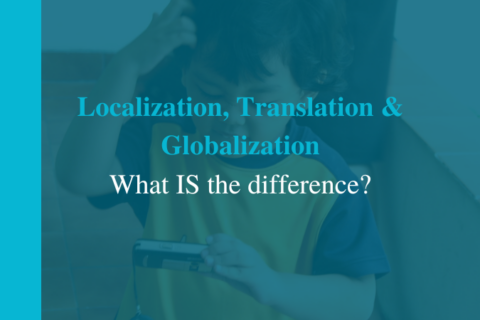eLearning vs. Instructor-Led Training
eLearning or Instructor-led Training?
Instructor-led or classroom-based training has been the preferred training method for many years. However, as technology continues to develop at an ever-increasing pace, the need to adapt this training into a more user/global friendly platform has never been more important. People need and desire to learn at their own pace, on their own time, and in their own language. In this article, we examine the major differences and benefits of eLearning over instructor-led training.
Many experts agree that student interaction is key to capturing the student’s attention, retaining the content, and providing a better overall experience for learning. In most instructor-led training, the student sits in a chair, listens to the instructor speak, sees a series of PowerPoint slides, and may occasionally engage in a question-and-answer session. This class may go on for hours or even days. The student’s involvement in the learning process is generally minimal and likely so is their retention. In fact, “the average content retention rate for an instructor-led class is only 58%, while [an eLearning] or Technology-Based Training experience enhances the retention by an additional 25-60%. That provides organizations a much higher return for every dollar spent on training.” (Source)
Related Resources
1) The 7 most common localization challenges >>
2) Driving Student Engagement >>
3) What is Authentic Localization >>
4) Innovating eLearning Localization >>

Compare that experience to an eLearning module. The student gets to choose when he/she begins a module based on the amount of time they currently have and if they are in the right mindset for learning. The module is often broken down into small parts that typically address one topic and are easy to absorb so if something comes up during the module, the student can easily stop the module then resume at a later time. During the module, there are engaging in interactive actions that require the student’s input. Typically, the module provides effective feedback immediately. It also provides a review of the material, along with a quiz or test, for measuring progress.
You can see from these examples how e-learning actually increases engagement and interaction by converting the learning experience from a passive (instructor-led) to an active (eLearning) role. In addition, it’s easy to update content or create new modules. And, the learning experience is often more consistent than courses led by different instructors. eLearning is also more friendly for a global audience, with most modules easily localized for the target audience. For these reasons, most organizations find eLearning to be more impactful and cost-effective too.
If you would like more information on how to convert your current training programs to eLearning based platforms or would like assistance localizing your content for a global audience, contact Global eLearning today!



